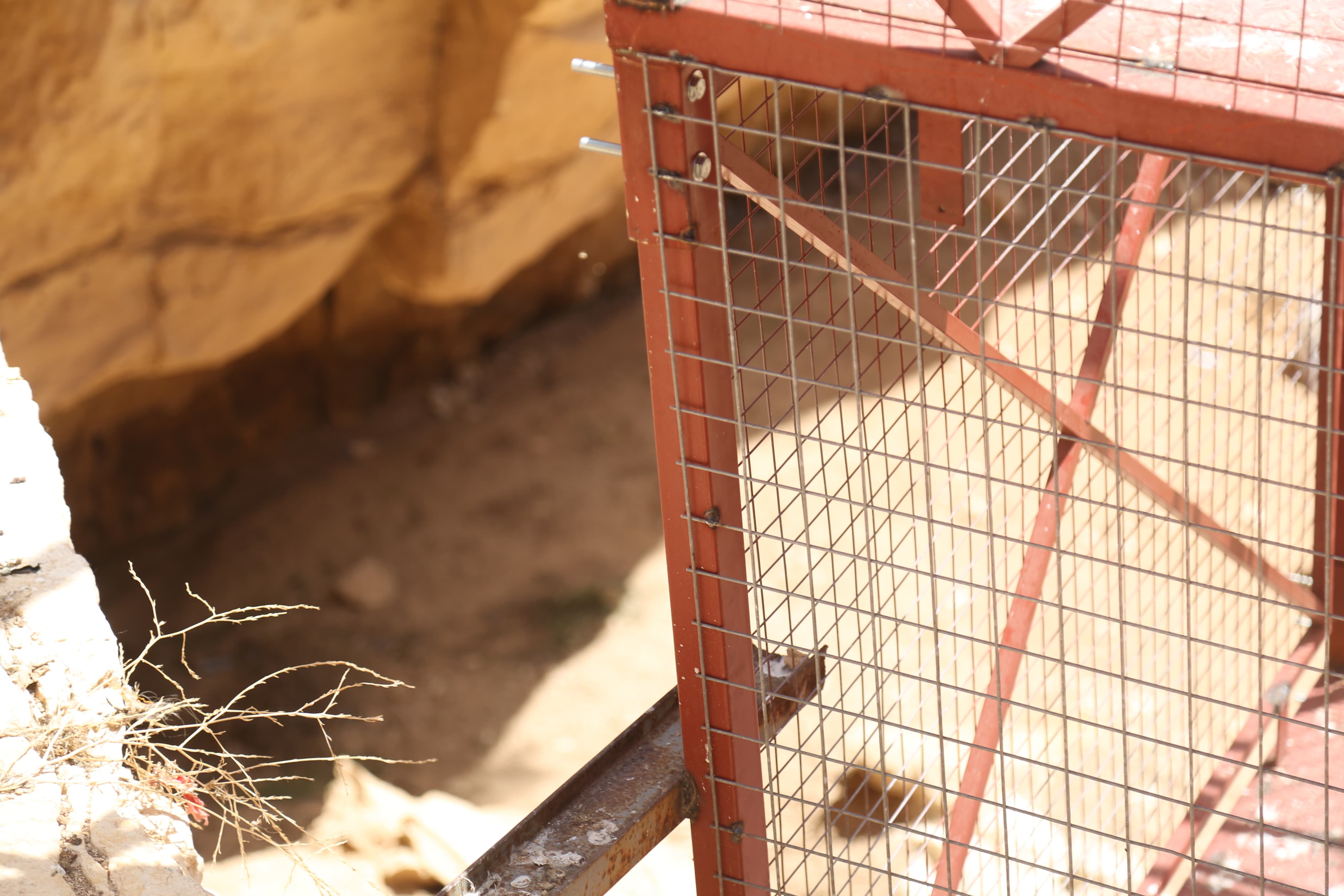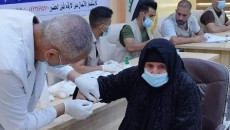Activists claim that the remains of many victims are still buried in the Alo Antar pit in Tal Afar district of Nineveh Province while the Department of Mass Graves Affairs in Iraq has announced the completion of the process of recovering the remains from the pit.
The department initiated the process of recovering the remains from the Alo Antar pit on May 28, 2024. The pit is located about six kilometers north of the center of Tal Afar district.
Khairi Ali, director of the Petrichor organization concerned with human rights in Shingal (Sinjar), Nineveh, informed KirkukNow, "We observed the remains of several victims inside the pit. The exact number is unknown, but they were left as the department completed its work."
On September 8, a team from Petrichor, a non-profit Human Rights Organization, visited the Alo Antar pit.
During their operation, the Mass Graves Affairs Department teams recovered the bodies of 158 individuals from the hole, along with the bones and remains of 39 other victims.
Previous investigations by the High Commission for Human Rights in Iraq suggested the hole contains "over a thousand" Turkmen and Ezidi (Yazidi) citizens buried in the crater following executions by the extremist militants of the Islamic State of Iraq and Syria ISIS.
"Similar instances of neglect occurred in other mass graves in Shingal. We urge the relevant authorities to revisit those graves and recover the remaining remains. These cases have a detrimental impact on the families of the victims, so the operations of exhuming mass graves and recovering remains must be conducted more cautiously," Ali stated.
Over 200 mass graves holding the remains of as many as 12,000 victims have been discovered in areas formerly controlled by IS in Iraq, in the governorates of Ninewa, Kirkuk, Salah al-Din and Anbar in the northern and western parts of Iraq, according to a UN report released in November 2018.
Beside Alo Antar (Well of Doves), Khasfa, known to locals as “the death pit,” is a sinkhole located about 20 km south of Mosul in an uninhabited area.
In March 2017, the Human Rights Watch stated that according to local witnesses, IS has killed 3,000 people and dumped their bodies in the Khasfa pit, which has a diameter of 30 meters.
In August 2018, the Iraqi High Judicial Committee said that eight members of a family have confessed to have helped ISIS execute 370 people and dump their bodies in the sinkhole.
During the process of recovering the remains from the Alo Antar pit, Diaa Karim, Director of the Department of Affairs and Protection of Mass Graves at the Martyrs Foundation of the Iraqi Federal Government, mentioned that "Alo Antar pit is the site of a heinous crime committed by ISIS and poses a significant challenge in the file of opening mass graves and identifying the victims."
He explained that the first phase of the operation is being carried out on an area of 20 to 30 square meters, at a depth ranging between 10 and 25 meters, in collaboration with other parties including the Forensic Medicine Department in Baghdad, security forces, Civil Defense, the Health Directorate, and international organizations.
Amid the atrocious attacks of IS, 1,293 Ezidis were killed, 68 shrines were destroyed and over 80 mass graves have been discovered.
Alike the non-Muslim Ezidi community, the Turkmen of Tal Afar suffered killings, kidnappings, and displacement by IS militants. The fate of approximately 1,300 Turkmen citizens, including hundreds of girls and women, remains unknown. It is suspected that the remains of many of them are inside the Alo Antar pit.
According to local activists and civil society organizations in Tal Afar, out of 1,300 people kidnapped during the rule of ISIS, including hundreds of women and children, only 48 people have been released, including 23 women and 25 men.
The hole of Alo Antar was originally known as the Well of Doves due to a flock of pigeons often seen above it. The Turkmen of Tal Afar refer to it as (Alo Antar). It is a naturally formed hole, believed to have been created by a massive meteorite hundreds of years ago.
The estimated diameter of the hole is around 50 meters, with a depth of about 100 meters, although its depth has significantly decreased due to the disposal of bodies and covering them with dirt from its edges.







